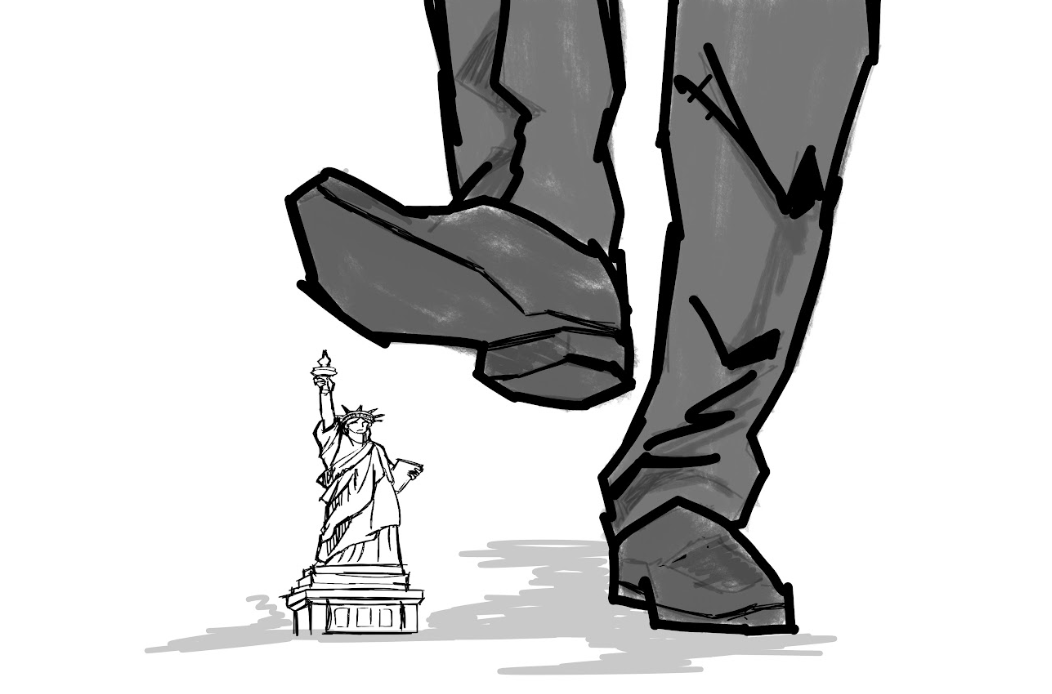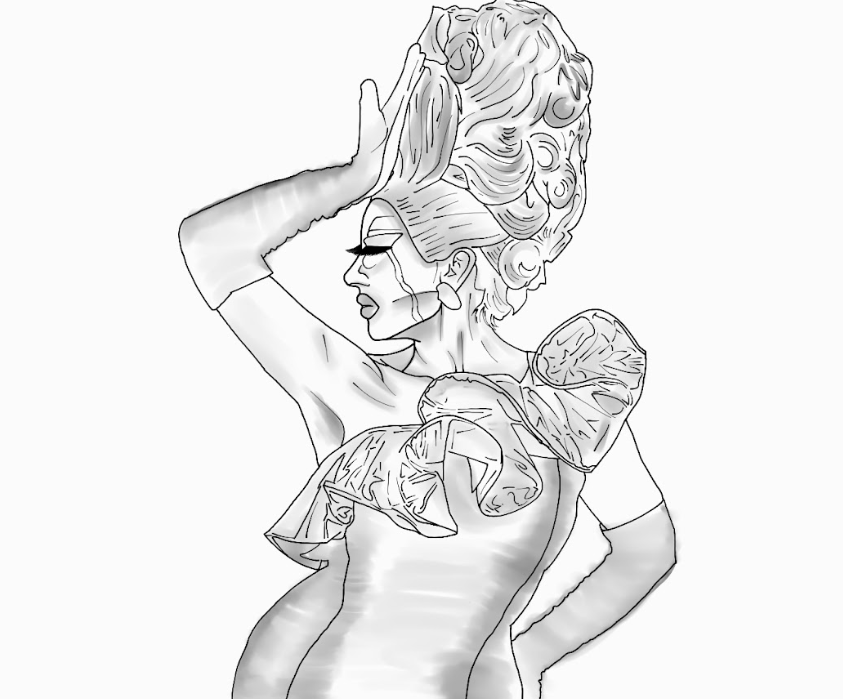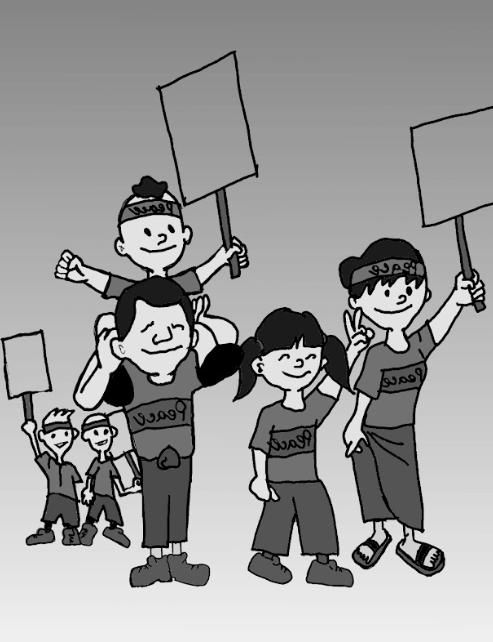The on-campus wardrobes of UTSA students are blotched with poor decisions and lack of effort. Among the poorly dressed are some who contradict the status quo— young professionals in business attire, as well as, the self-expressive students in a well balanced outfit, but the excess of oversized tees and sweats mar the overall presentation of the UTSA student body.
The downward spiral to a series of fashion faux pas is potentially in wait for any student on campus. One may slip into the easiest outfit within reach when running late for a test, or simply trot off in one’s bed clothes if they’re really hard pressed for time. The first incident will lead to another, until soon enough the accounted time needed to piece together an appropriate outfit is defaulted to the easy way out.
Professionalism isn’t expected on campus. The amount of students who don’t abide by a code of professional presentation asserts it. The pro to this circumstance is, if it’s not expected now it’s not expected later, therefore, students need not be concerned with the challenge of dressing well. Instead, students can focus on other challenges such as lack of sleep and studying. The con to this circumstance is that without a social expectation for presentation, student dress will continue to diminish in quality until the minority of well dressed students shrink to near nothing.
Fashion enriches a university with self-expression and presentation. Students are more approachable if their peers can infer their personalities by their fashion choices. A student shouldering a bohemian hobo bag is far more likely to be a liberal arts major than the student strolling with a briefcase in hand. Presentation seeps into academia as well. Professors are surely more comfortable to confer with a student dressed like a peer rather than one dressed for bed. A stronger relationship between a student and their professor can be facilitated by visual consistencies, one being dress.
When a student fail to dress for their day, they fail the day. Opportunities lie in wait, and one’s dress is a driving force for first impressions; whether that’s with a love interest, friendship or professional relationship, if a student can’t clinch a positive impression their lack of effort in dress will polarize their disappointment. Students ought to dress with purpose on-campus if they want their academic experience to have purpose.








